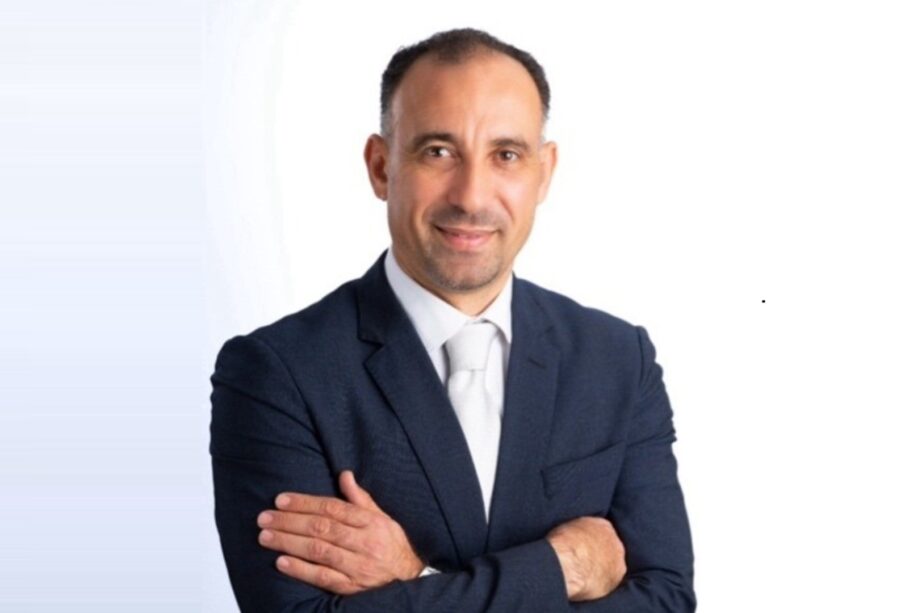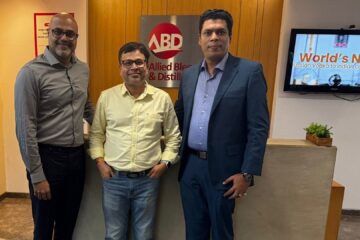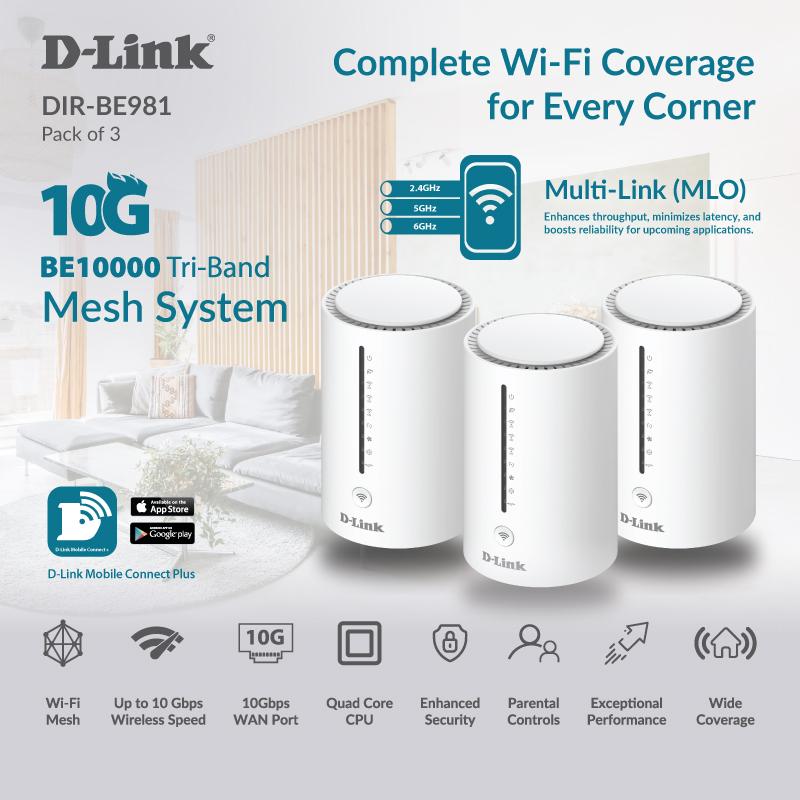Enabling industries with AIoT

In this interview, Nasri Nassereddine, Regional Vice President at Cumulocity, shares insights on AIoT adoption, challenges, and opportunities across the Middle East and Africa.
Discuss if and how AIoT is poised for a steep growth curve or adoption? What are the likely growth drivers globally and in the region?
AIoT is unquestionably on a steep growth trajectory. Globally the market is shift from proof-of-concepts to mainstream adoption, with AI and IoT increasingly increasingly viewed as an integrated engine of transformation rather than standalone technologies. Growth is being driven by the surge in connected devices, the maturity of AI models, and the rollout of high-speed networks such as 5G and LPWAN. At the same time, enterprises face mounting pressure to optimize resources, reduce costs, and achieve ambitious sustainability goals, making AIoT a natural enabler. In our region, the momentum is even sharper. National agendas like Saudi Vision 2030 and the UAE’s digital strategies prioritize smart cities, sustainable energy, and industry 4.0, creating fertile ground for AIoT to scale rapidly.
What are some specific challenges towards this journey?
This journey is not without challenges. Connectivity gaps remain in many regions, while enterprises contiue to grapple with data silos and legacy systems. Security and compliance are constant concerns, especially when data traverses edge, cloud, and on-prem environments. Skills shortages are another challenge, as organizations often lack the expertise to combine AI with IoT to delivers measurable outcomes. Finally, moving from pilot to enterprise-wide deployments remains difficult, with scaling introducing adding complexity.
What are the solutions you bring to address AIoT deployments across industries? Which are the key industries for AIoT and for Cumulocity?
This is where Cumulocity stands apart. We offer an open, device-agnostic, low-code platform that simplifies the entire AIoT journey. Enterprises can onboard devices quickly, run real-time analytics at the edge or in the cloud, and integrate seamlessly with existing systems like ERP or SCADA. This flexibility supports a broad range of industries. In energy and utilities, we enable smart grids, predictive maintenance, and renewable integration. In manufacturing, we power digital twins, robotics, and quality control. In transportation and logistics, we deliver fleet management and asset tracking. In agriculture and smart cities, we support irrigation, waste, and environmental monitoring.
Discuss your regional operations and focus? Do you work directly with end customers or do you go with SIs?
In the Middle East and Africa, our focus is very clear, our strategy is partnership-led while staying close to strategic customers. For large-scale sectors such as utilities, energy, and mega-projects, we engage directly with end customers, always in collaboration with system integrators who bring scale and local presence. At the same time, we invest heavily in building ecosystems, through training programs, IoT hubs, and collaboration with universities and research institutes – to foster knowledge transfer and ensure sustainable growth.
How do your solutions address data security concerns across environments?
Security underpins everything we do. Our platform is built with multiple layers of security, including encryption, authentication, and strict role-based access controls. We comply with local data residency regulations, from GDPR in Europe to PDPL in Saudi Arabia, ensuring national requirements are met. By enabling analytics at the edge, we also minimize unnecessary data transfers, strengthening security while improving efficiency. Our multi-tenant, governance-driven architecture ensures that every deployment is isolated, controlled, and trusted.
What are the expected benefits across functions such as asset management, predictive maintenance etc? What other key enterprise functions can benefit significantly from AIoT?
AIoT delivers measureable impact across enterprise functions. In asset management, it enables real-time visibility and lifecycle optimization. Predictive maintenance reduces downtime and extends asset longevity, while logistics and supply chains gain transparency and resilience. Beyond operatios, AIoT enhances sustainability, safety, and customer experience—helping enterprises operate more efficiently, launch new digital services, and meet environmental goals.
Discuss some key highlights of your roadmap ahead
Looking ahead, our roadmap is centered on deepening intelligence at the edge, advancing sustainability solutions, and expanding the ecosystem. We are pioneering Agentic IoT, where AI enables IoT systems to operate autonomously. We are advancing digital twins to track carbon, energy, and resources more effectively. We are also investing in regional co-innovation labs with telcos, universities, and strategic partners to ensure local relevance. Finally, our continued work with hyperscalers and LoRa/5G providers extends deployment models and scalability options for customers across industries.















